THE GOVERNMENT is set to begin the pilot test of granular lockdowns in Metro Manila on Thursday (Sept. 16), as it seeks a new strategy that will revive the economy and curb the spike in coronavirus disease 2019 (COVID-19) infections.
Under the new virus containment strategy, the Inter-Agency Task Force (IATF) will implement localized lockdowns with five COVID-19 alert levels in Metro Manila.
The capital region will be placed under Alert Level 4, the second strictest level, until Sept. 30, Presidential Spokesperson Herminio “Harry” L. Roque, Jr. told a televised news briefing.
Areas under Alert Level 4 are those with high or increasing coronavirus transmission and high healthcare system utilization rate. To compare, areas will be placed under Alert Level 5, equivalent to an enhanced community quarantine, only if case counts are “alarming” and hospital utilization rates are at “critical” levels.
The new quarantine classification is “good news” for workers of restaurants and other food establishments, Mr. Roque said, noting that several businesses would be allowed to operate at limited capacity.
“The Alert Level 4 that we are pilot testing right now is just like a modified enhanced community quarantine (MECQ). The only difference here is that we have a system of granular lockdowns with alert levels from one to five,” Trade Secretary Ramon M. Lopez said at the same briefing.
Mr. Lopez said some businesses, including manufacturing firms, would be permitted to operate in Metro Manila, restoring as many as 200,000 jobs.
Business groups have been pushing for a further reopening of the economy. The government earlier said economic losses averaged P73 billion for every week of the implementation of a MECQ in Metro Manila. Economic managers slashed the full-year growth target to 4-5% to reflect the impact of strict lockdowns.
Under Alert Level 4, restaurants will be allowed to offer al fresco dine-in services at 30% capacity. Restaurants can also offer indoor dine-in services but at 10% capacity and only for fully vaccinated people.
Still, local government units may decrease the allowable capacity for these food establishments.
Personal care services such as barbershops, hair spas, nail spas, and beauty salons will be allowed to operate at 30% capacity, but only if the services are rendered outdoors. They can operate indoors but only at 10% capacity and for fully vaccinated people.
Workers of these establishments must be fully inoculated against COVID-19.
Religious gatherings are also allowed but at a maximum of 30% venue capacity if conducted outdoors, regardless of vaccination status, and 10% capacity if conducted indoors but only for those fully vaccinated. Religious leaders should also be fully vaccinated against COVID-19.
All other establishments or activities, except for those located in areas covered by granular lockdowns, may be allowed to operate at 100% capacity “provided they implement the minimum public health standards,” according to the guidelines.
“However, they are encouraged to operate with a minimal on-site capacity necessary to implement full operations, while applying work-from-home and other flexible work arrangements,” it said.
“For this purpose, the movement of workers of said establishments residing in areas not covered by granular lockdowns shall remain unrestricted.”
The IATF also said government agencies should be fully operational, with at least 20% on-site capacity while allowing work-from-home and other flexible work arrangements.
Gatherings for necrological services, wakes, inurnment and funerals “for those who died of causes other than COVID-19” are allowed as long as these are limited to the immediate family members.
However, World Health Organization (WHO) Country Representative Rabindra Abeyasinghe warned that relaxing the quarantine rules in Metro Manila may worsen the coronavirus situation.
“We have significant population coverage within the National Capital Region and I believe it’s about 60% now. But this is not adequate at this point to relax quarantine positions,” he said.
“You may recraft the terminology but basically what we are advising is make sure that those restrictions are followed, that we don’t relax too much because we are not in a position where we can relax and experience further worsening of the current transmission level because our health systems are just holding up,” the WHO official added.
The Philippines continues to struggle with its pandemic response amid a Delta-driven surge in COVID-19 cases and a sluggish vaccine rollout.
As of Tuesday, the Health department reported 18,056 new coronavirus cases, bringing active cases to 177,670.
More than 17 million people or 22.14% of the country’s adult population had been fully vaccinated against the coronavirus as of Sept. 13, Mr. Roque said. The government aims to inoculate 70% of its population against COVID-19 by end-2021.
In the next few weeks, the Philippines will get 10 million more doses of coronavirus vaccines from a global initiative for equal access, WHO’s Mr. Abeyasinghe said. — Kyle Aristophere T. Atienza






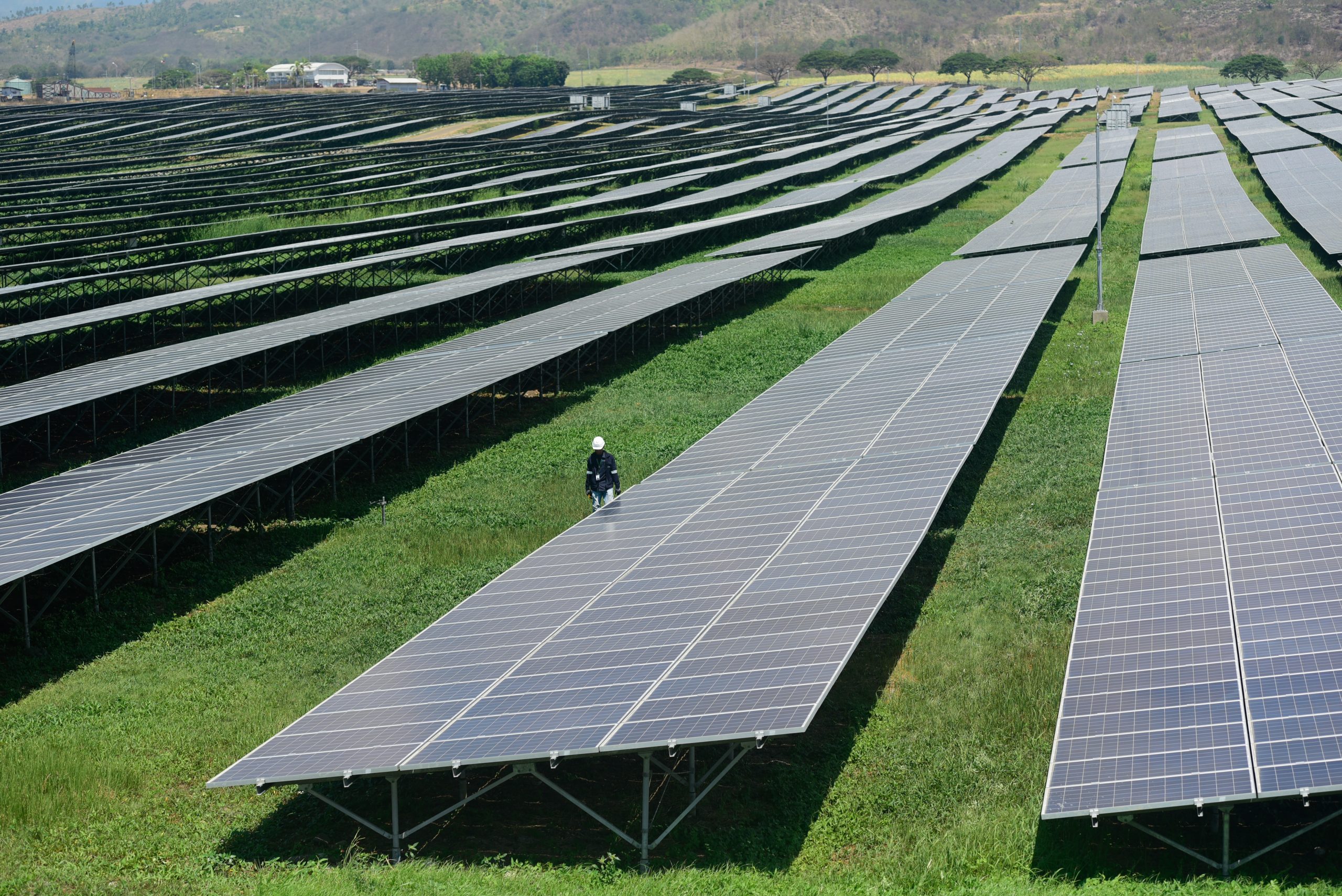

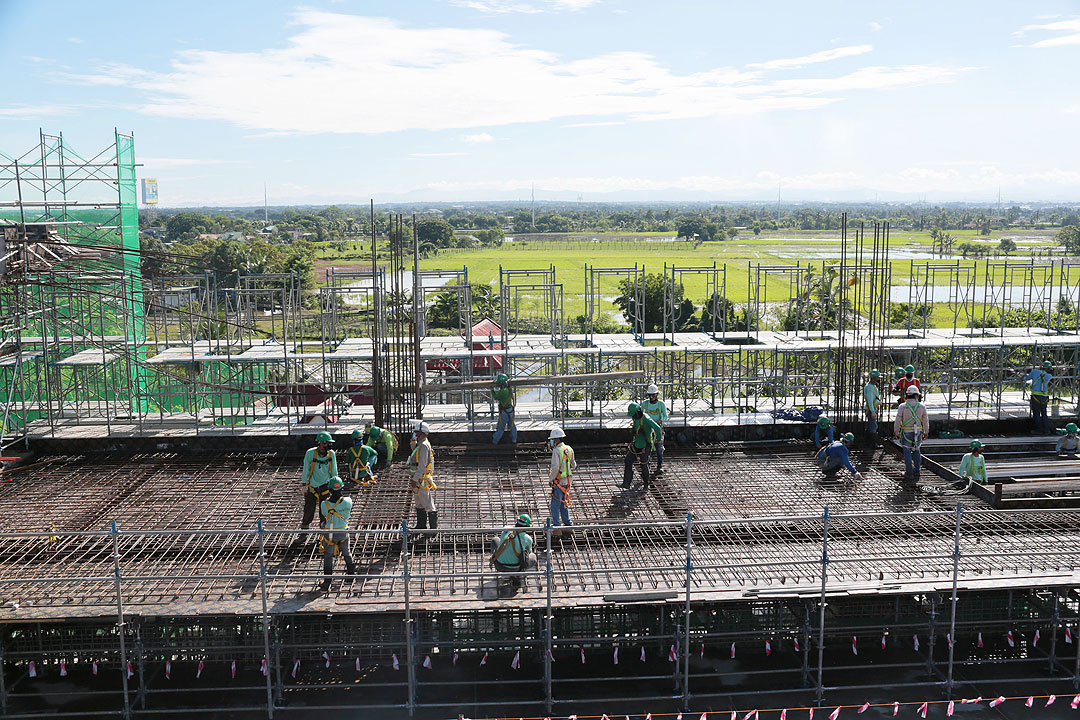
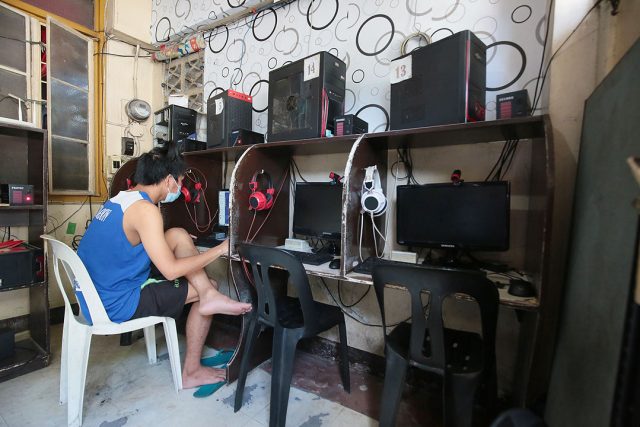
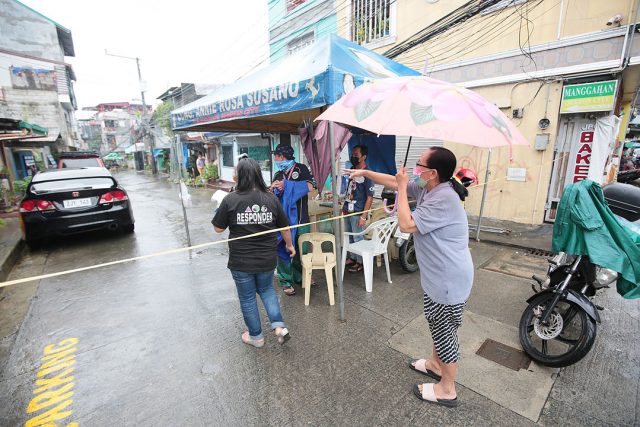
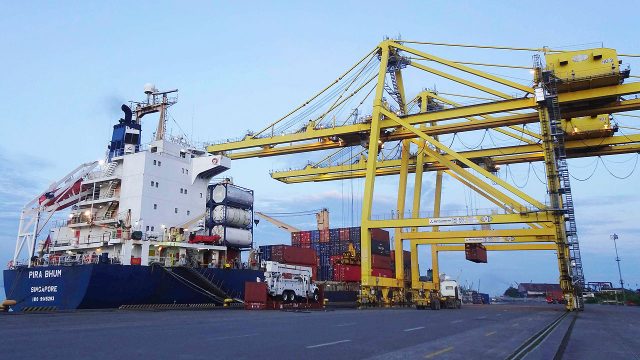

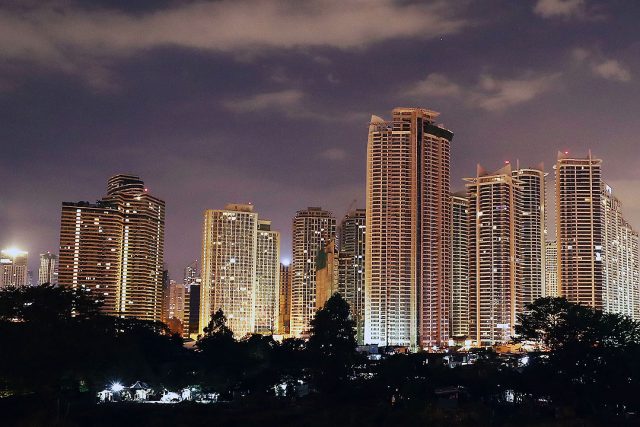


 With the national elections just around the corner, Ms. Gokongwei-Pe said Robinsons Retail is hoping for consistency in policy.
With the national elections just around the corner, Ms. Gokongwei-Pe said Robinsons Retail is hoping for consistency in policy.